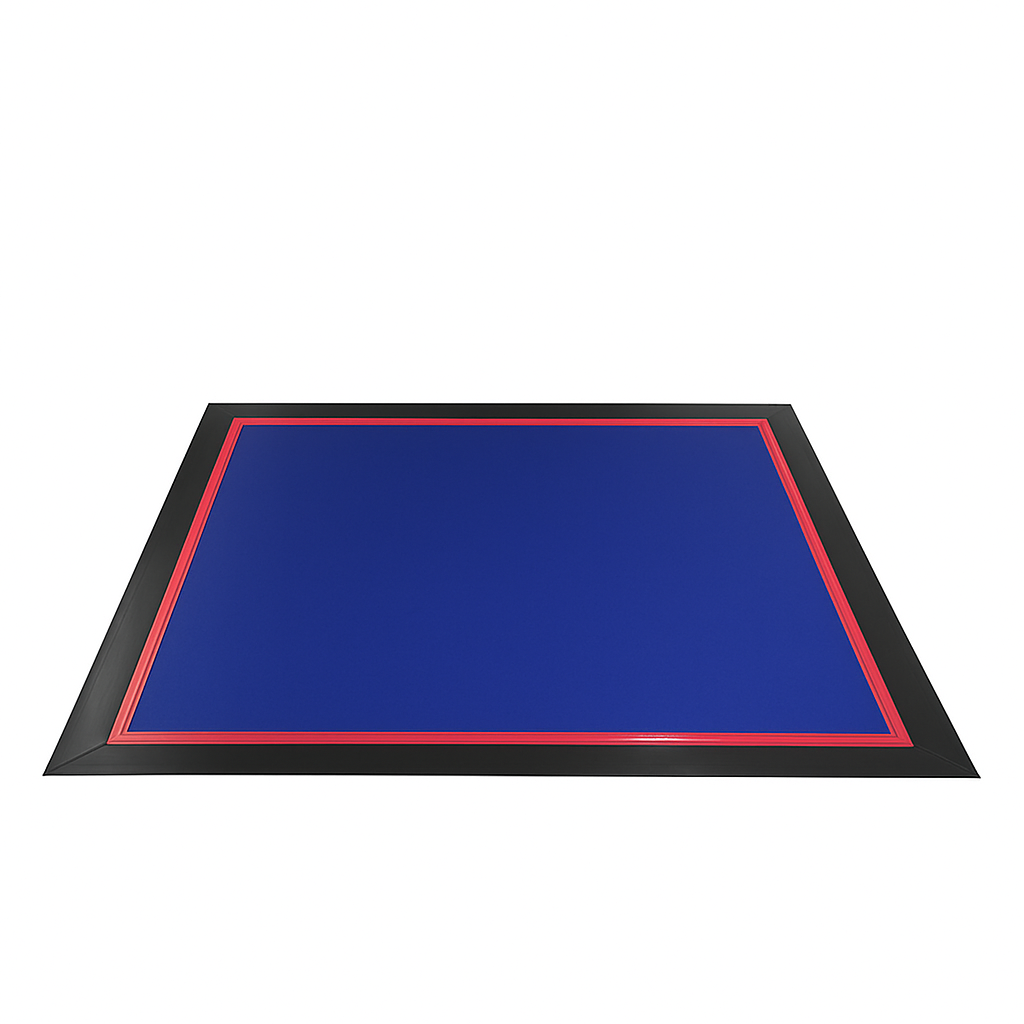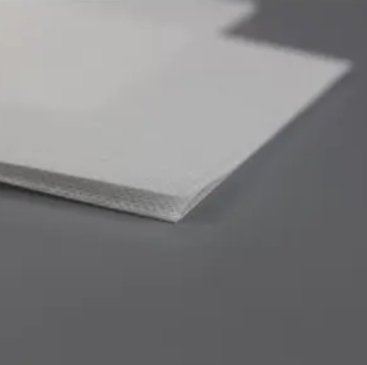In any cleanroom, lint is the silent enemy. It’s not the visible dust you see on a desk—lint refers to tiny fibers that detach from materials during wiping. In precision manufacturing, even a single fiber can compromise a product surface, damage a wafer, or trigger a costly quality failure.
So, why do some wipes shed more lint than others? And why are continuous filament polyester wipes often recommended for the most critical tasks? Let’s break it down in simple terms.
What Are Continuous Filament Polyester Wipes?
At the heart of the difference is fiber structure. Continuous filament polyester wipes are made from long, unbroken strands of polyester, knitted together into a smooth, stable fabric. Think of it as weaving ropes instead of loose threads.
By contrast, other wipes—like those made from staple fibers—are created from shorter segments of polyester or cellulose. These chopped fibers are then bonded into a sheet, which means there are countless loose ends waiting to break free during use.
The design of continuous filament wipes goes a step further: their edges are typically laser-sealed or ultrasonically sealed, preventing fiber fraying at the cut edges. This combination of long fibers + sealed edges dramatically reduces the risk of lint.
Why Continuous Filament Means Less Lint
The science is simple: fewer cut ends = fewer loose particles.
When you wipe a surface with a material made from short fibers, every stroke bends and twists those fibers. The result? Small fragments separate and remain on the surface. In a cleanroom, those fragments can turn into contamination sources.
Continuous filament polyester solves this by using uninterrupted fiber strands. These fibers run the full length of the fabric, so there are no loose ends to shed. The knitted construction adds stability, preventing fibers from detaching even under friction.
Here’s an easy analogy:
-
A fabric made from short fibers is like a carpet of chopped hair—it sheds easily.
-
Continuous filament is like silk thread—smooth, strong, and far less likely to break apart.
This is why continuous filament polyester wipes are often labeled as “low-lint” or “lint-free”, and why they dominate ISO Class 3–5 environments where contamination control is non-negotiable.
Other Advantages of Continuous Filament Polyester
While lint reduction is the headline feature, this material brings more benefits to the table:
-
Superior Chemical Resistance: Handles strong solvents like IPA, acetone, and cleaning agents without degrading.
-
Durability: The knitted structure and long fibers resist tearing and abrasion, even during repeated wiping.
-
Compatibility with Sterile Processes: Can withstand autoclaving or other sterilization methods, making them suitable for pharma and biotech cleanrooms.
These properties make continuous filament polyester wipes the go-to choice for industries like semiconductor fabrication, optics, aerospace, and pharmaceuticals, where precision and compliance are everything.
Comparison with Other Wipe Materials
| Feature | Continuous Filament Polyester | Staple Fiber Polyester | Poly-Cellulose Blend |
|---|---|---|---|
| Lint Generation | Ultra-low | Moderate | Higher |
| Fiber Structure | Long, unbroken strands | Short cut fibers | Mixed (polyester + pulp) |
| Chemical Resistance | Excellent | Good | Moderate |
| Ideal ISO Class | 3–5 | 5–6 | 6–8 |
When Should You Use Continuous Filament Polyester Wipes?
If your process involves:
-
Handling wafers, photomasks, or optical lenses
-
Working in ISO Class 3–5 environments
-
Cleaning surfaces where every particle matters
…then continuous filament polyester wipes aren’t just an option—they’re a requirement.
Final Thoughts
Lint control is more than a cleanliness preference—it’s a compliance necessity in modern cleanrooms. Continuous filament polyester wipes outperform other materials because their very design prevents fibers from shedding. Combine that with durability and solvent compatibility, and you have a wipe engineered for the most demanding environments.




